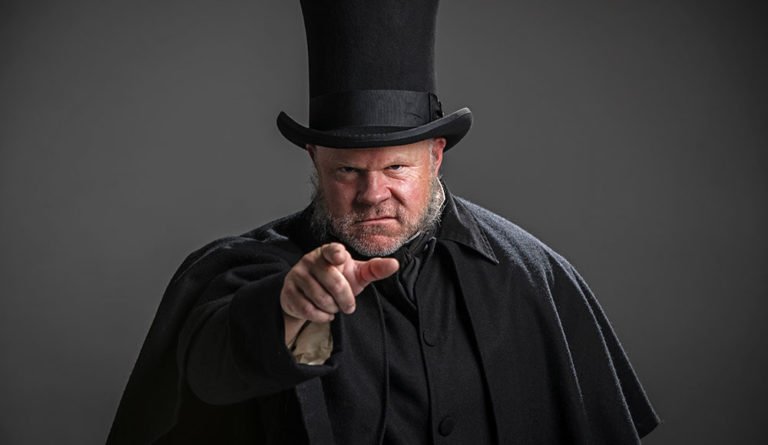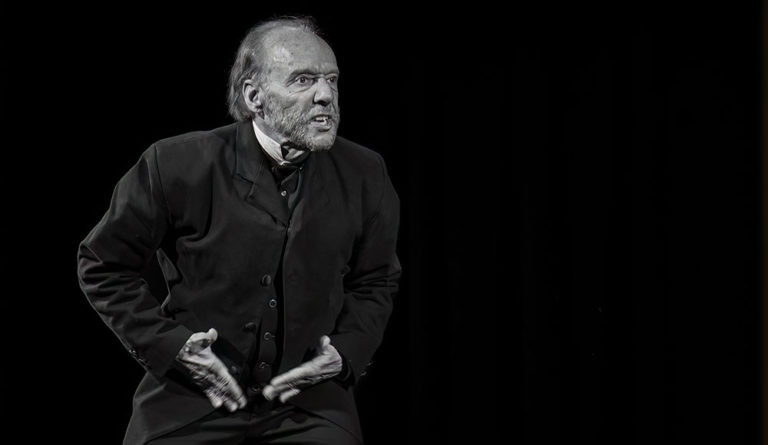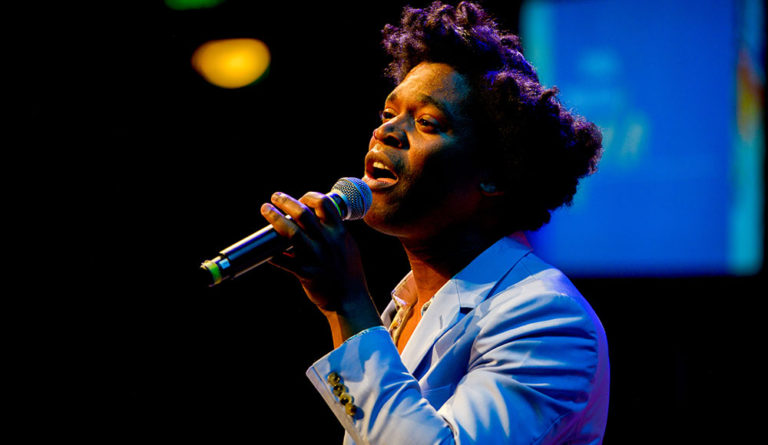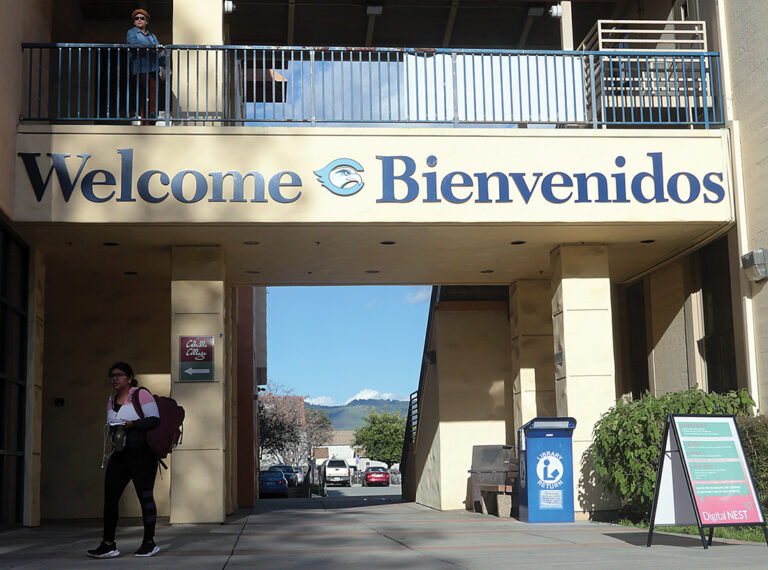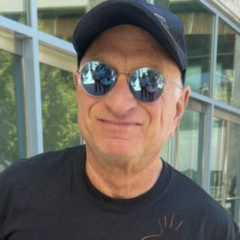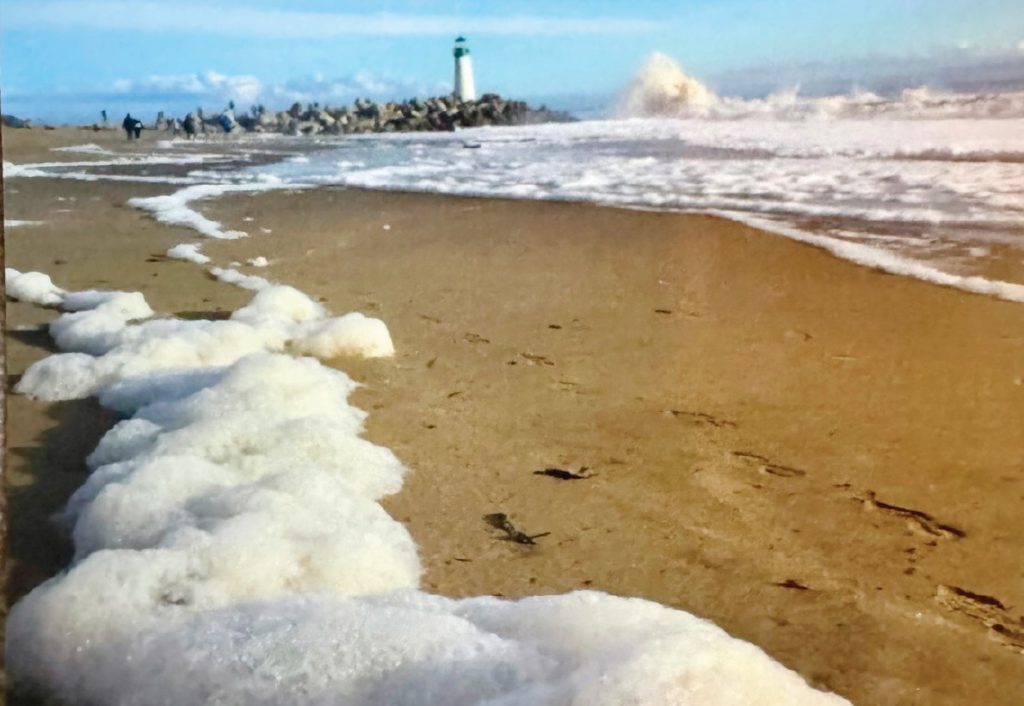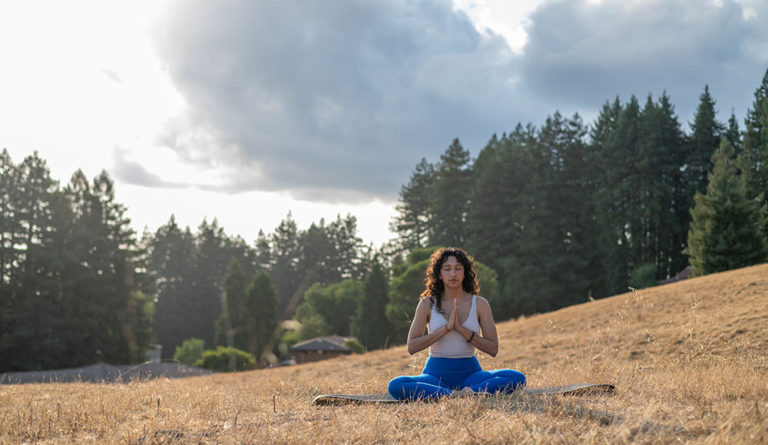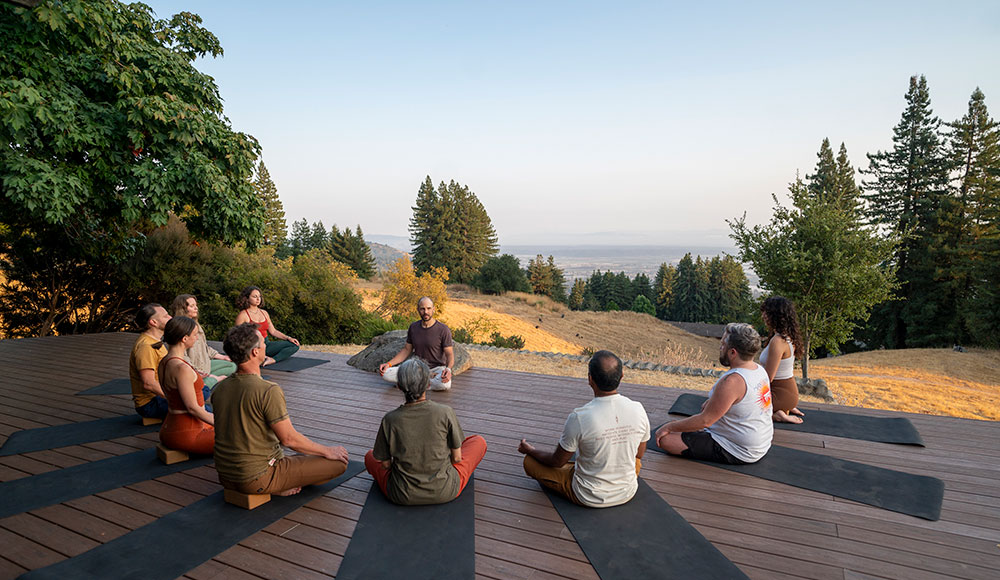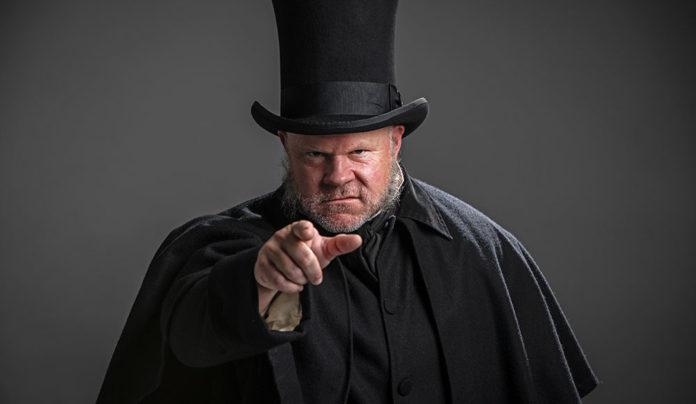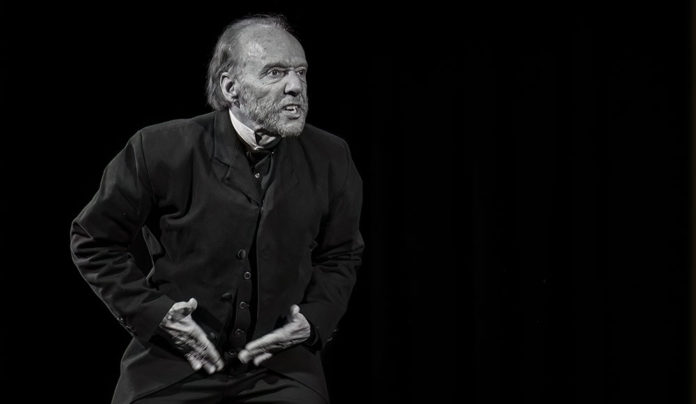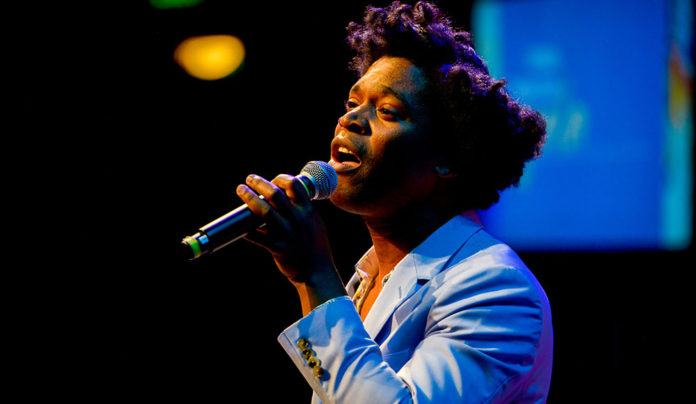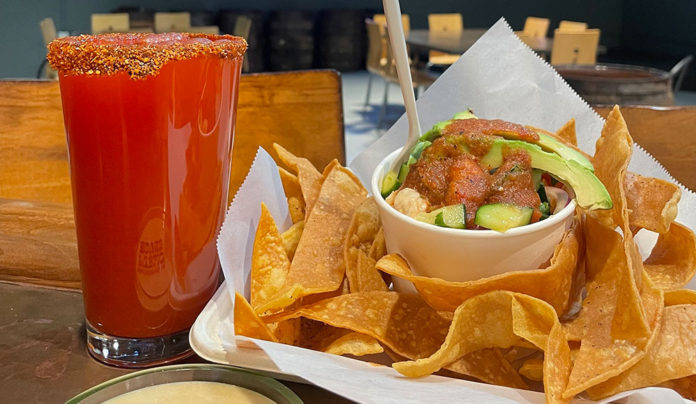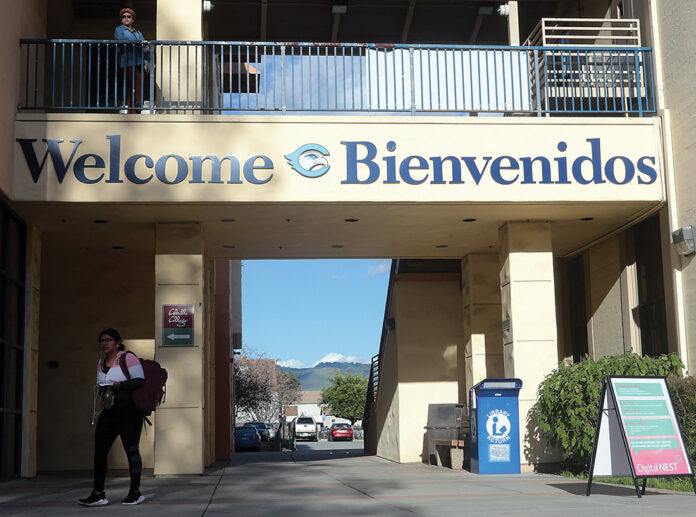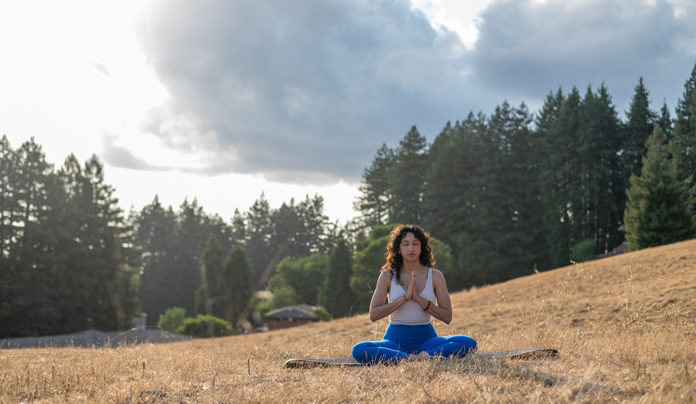Mark Twain declared that A Christmas Carol had no heart, to which Charles Pasternak, Santa Cruz Shakespeare’s artistic director, says, “Bah, Humbug!” Pasternak has adapted Charles Dickens’ beloved novella and will direct the production that opens next week.
A Christmas Carol was an instant hit the minute it was published in 1843. Perennially in debt, however, Dickens found himself without much to show for its success. After a year in Italy the workaholic writer returned to London and went on tour giving public readings of the tale, which expanded his celebrity and ultimately made him the fortune he needed to keep a wife, mistress and ten children in style.
Pasternak explains his approach to the adaptation, explaining that the key was to trust Dickens. “With the exception of a word here or there, the entire adaptation is taken straight from Dickens and arranged dramatically. I’ve stolen the idea of narrative voices from Dylan Thomas’ Under Milkwood to create a framework of narrators that are exciting and dramatically within the action, not just standing aside commenting on it,” Pasternak says. “This story has been adapted hundreds of times—I don’t believe I’ve done anything new, but I’m proud of the exciting pattern we’ve found of telling a dynamic story with only five actors (and two kids!).”
Former Santa Cruz Shakespeare Artistic Director Mike Ryan plays Scrooge, with young actors Lincoln Best and Joseph Pratt Lukefahr alternating the role of Tiny Tim. Julie James, Charlotte Munson, Robert Zelaya and Andrea Sweeney Blanco round out the small cast.
As the main character, Ryan says, “the actor gets to play one of the greatest character arcs ever written. What thrills us about the story is the total transformation that occurs from the start of the play, when Scrooge is such a ‘covetous old sinner,’ to the end when he is ‘as good a man as the good old city knew.’ The greater these opposites, the more joy there is in the journey.”
Ryan says he finds beauty and joy in playing Scrooge by “watching the light reach the dark places, and in seeing his vulnerability. I may not be the wickedest old coot of an actor that ever graced the stage, but I like to believe that one of my strengths as an actor is my ability to express vulnerability on stage, to find light and humor where there is often little to be found, and in expressing joy.”
An actor and producer of Jewel Theater fame, Julie James plays many parts.
“It is a lot of fun to do multiple roles,” James says. “But it is definitely challenging too, because you want them all to be distinctly different from each other, so you go about finding the particular vocal and physical aspects of each character that helps contrast them compared to the other characters. But you also want what you are doing to feel organic to the character and be believable to the audience. So there is a balance needed to not go too broad just for contrast’s sake.”
In addition to playing Fezziwig, the Ghost of Christmas Present and Mrs. Dilber, James also plays Jacob Marley—“a narrator type character, which is great fun.” How does she juggle in all? “I do have different costumes for each,” James explains, “but that means when I’m not on stage acting, I’m off stage changing my costume, usually very very quickly. Most of us in the play have several quick changes. So no time to think about what’s next—just jumping from one thing to the next and hope I don’t skip anything!”
A Christmas Carol runs Nov. 23–Dec. 24 at the Veterans Memorial Hall, 846 Front St., Santa Cruz. For tickets, visit santacruzshakespeare.org.


